Goldfish swimming faster than sharks
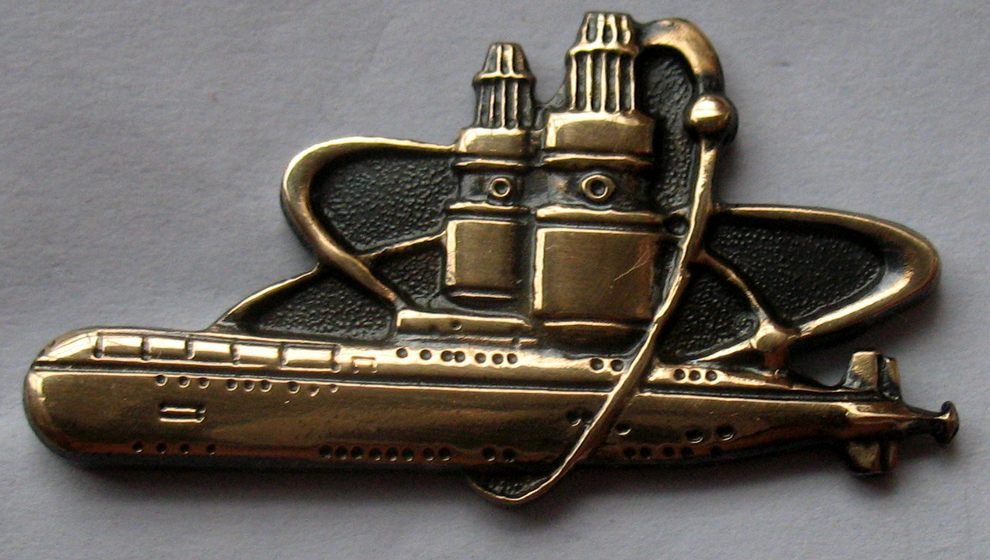
Today we congratulate those who spend several months in a row in cramped rooms and corridors, carrying intense watches at a depth of tens and hundreds of meters. March 19 - Day of the submariner. And in honor of this holiday, we want to recall the unique domestic submarine, which set the world speed record in a submerged position. Which is not beaten so far.
At the turn of the 1950-1960s, violent changes began in the submarines of the leading military powers: nuclear submarines were created and put into operation. In 1954, the American Nautilus was launched, in 1957 the Soviet K-3 Leninsky Komsomol. At the same time, the development and strengthening of US aircraft carrier groups required the creation of new means to combat them. Traditional diesel boats with torpedo weapons didn’t have too many chances to break through the defense of a deep-echelon warrant and put a volley into the side of a giant carrying several dozen airplanes. At that time, due to the short range of confident shooting with torpedoes, the boat would have to emerge and place a periscope almost above the water inside the aircraft carrier’s combat guard perimeter. And to launch cruise missiles, the boat generally had to completely emerge.
Therefore, in 1959, the development of a new submarine began in the USSR to combat aircraft carrier groups. Its key features and capabilities should have exceeded all existing samples. Also on the boat they wanted to try out new constructive solutions, technologies and materials. A sort of demonstrator of innovation.
')
The project received the number 661 and the code name "Anchar". It was decided to build a boat from the "cosmic" material - titanium. Thus, we wanted to test the feasibility of using this metal in underwater shipbuilding. The power plant is two water-cooled nuclear reactors with a capacity of 177 MW.
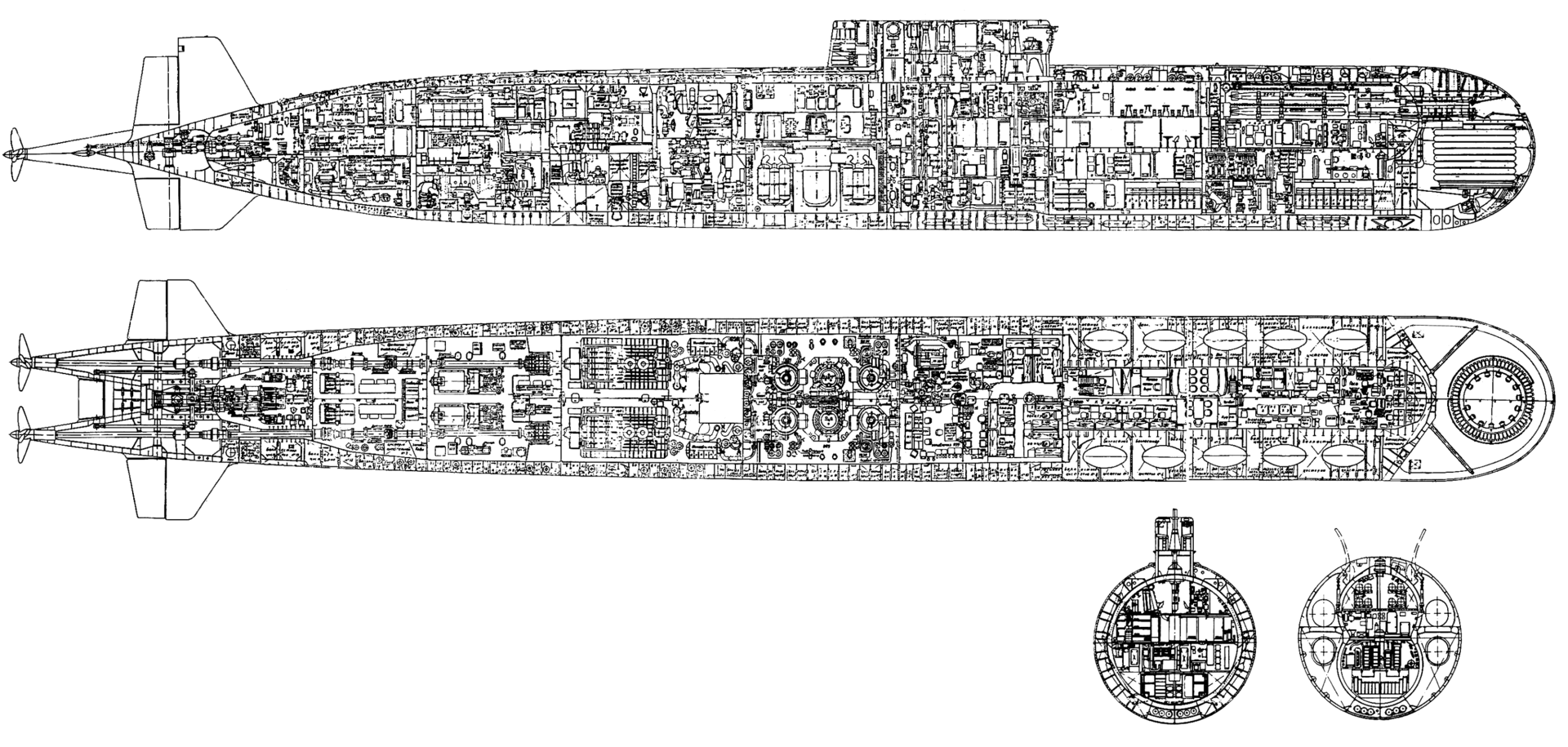
To increase the chances of a successful strike on an aircraft carrier, they decided to equip the boat with submarine launch cruise missiles. She would not have to appear above the water, which reduced the likelihood of detection by anti-submarine aircraft. In addition, the flight range of cruise missiles is much longer compared to torpedoes, so you can attack a carrier warrant from afar.

Marching order carrier strike group. In the guard also one or two submarines
As a result, the main weapon of the project 661 was the Amethist, the world's first underwater launch cruise missile. The titanium predator carried ten containers with such missiles that could be launched from a depth of 30 m. Before launch, the containers were filled with seawater, after which the starting solid-fuel engine was activated, the rocket overcame the water column and gained cruising height. Most of the route the rocket flew at an incredibly low altitude for those years - only 60 m.
The flight range of the rocket is 80 km. Marching speed - 1160 km / h. The warhead is a cumulative high-explosive (1 ton) or nuclear (equivalent capacity of 200 kilotons). These missiles found targets using active radar homing heads.
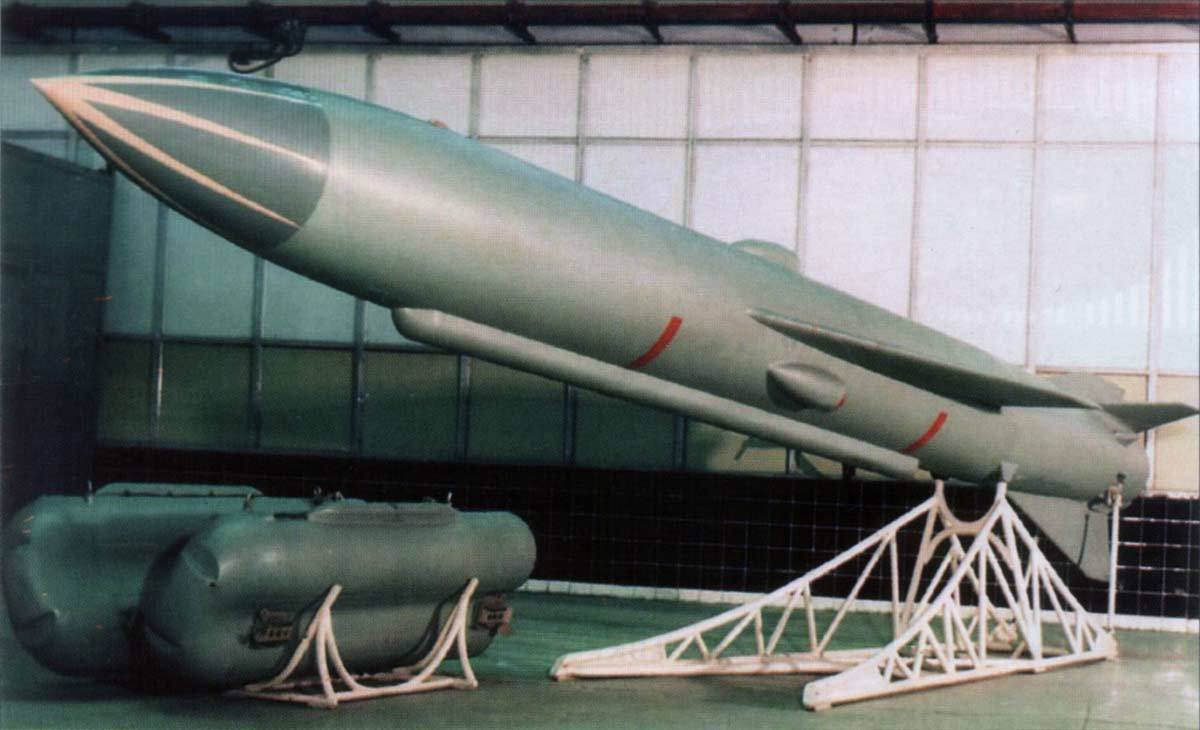
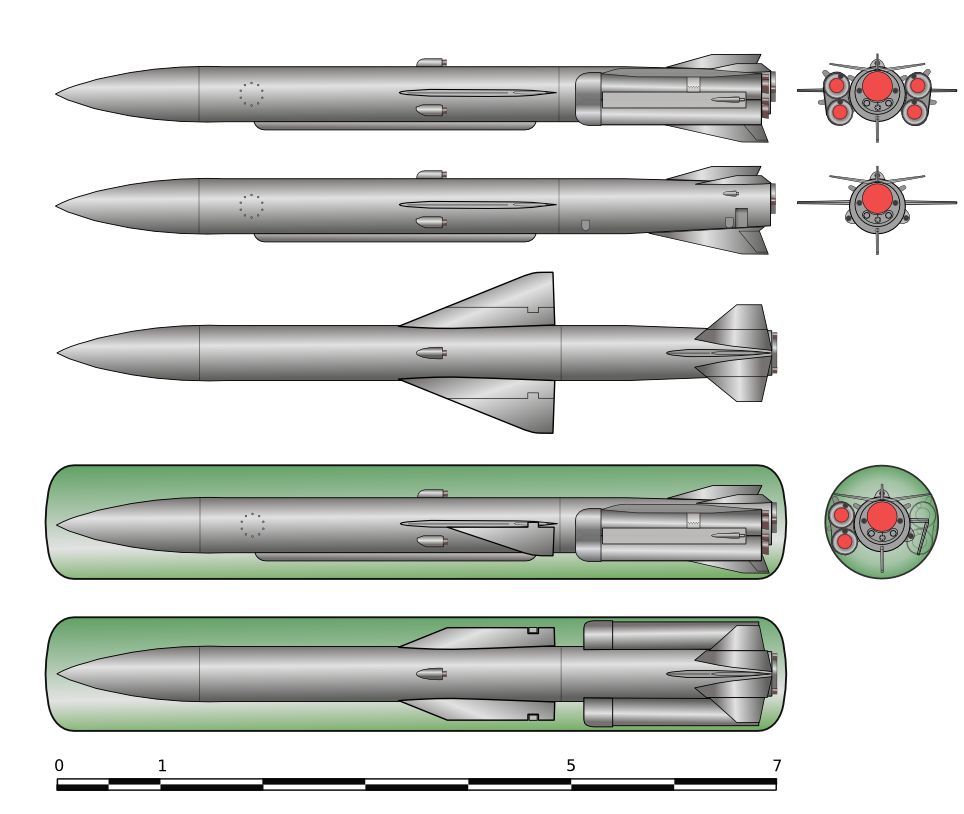
Additional weapons - four torpedo tubes with a stock of 12 torpedoes. The project also received the newest electronic equipment at that time:
- general ship control system;
- high latitude navigation system;
- automatic control system for depth and course;
- advanced hydroacoustic complex;
- mine detection system;
- Periscope with built-in calculator coordinates.
The design and construction of the boat went with difficulty. The novelty of decisions in the field of the power plant and the design of the titanium hull affected. Titan itself is difficult to process, besides its deliveries are intermittently interrupted: the metal was in short supply, because it was required both in the aircraft and in rocket production. The length of the boat is small, only 106 m. But for the Soviet industry, the creation of a titanium hull was a difficult task. It was necessary to develop a technique for casting titanium ingots of a large mass. At the Severodvinsk plant "Sevmash", where the boat was built, the technology of welding titanium alloys was mastered.

Nine years after the start of the design, in 1968, the boat was launched, and entered service two years later under the number K-162. Due to the high cost of titanium and the complexity of the creation of structural elements, it turned out to be very expensive. The hull cost about five to six times more expensive than a comparable hull made of traditional submarine low-magnetic steel. Because of this, the nickname “Golden Fish” was almost officially attached to the K-162.
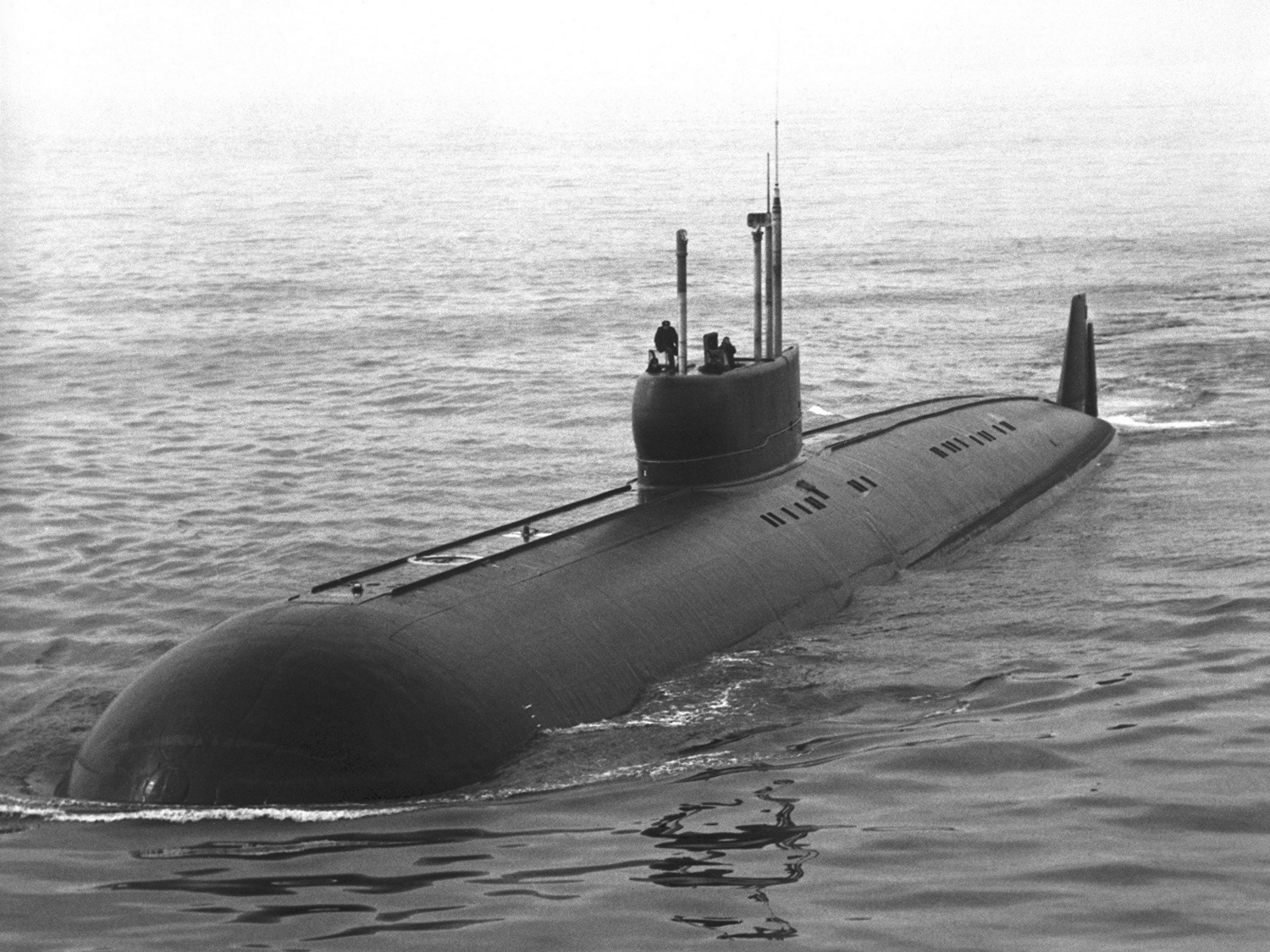
However, the small “fish” turned out to be incredibly fast: highly efficient hull lines and a powerful propulsion unit made it possible for submersible trials to achieve a speed of 42 knots (about 78 km / h). Moreover, the power plant worked at 80% power. In 1971, new running tests were carried out, on which the power of the power plant was brought to 97%. The boat under water accelerated to 44.7 knots (almost 83 km / h). This is still a world record.

For what submarine high speed? Even strategic missile submarines, as boats with intercontinental nuclear missiles are called today, can save lives at high submarine speeds. After all, they are the most important goals in the event of a war. They will hunt in all possible ways to sink before the boats devastate their containers, launching missiles on the territory of the most likely enemy.
And K-162 was created to fight aircraft carriers, that is, with surface ships. To keep up with such an opponent and reach the most advantageous angle of attack, you just need a speed advantage. Even despite the cruise missiles. And in 1971 in the Atlantic, the Golden Fish demonstrated its superiority. For several hours, she mockingly maneuvered around the US aircraft carrier USS Saratoga, which was in full swing at 30 knots trying to break away from pursuit.
But the extreme speed of the K-162 was an extremely unpleasant side effect. At a speed of over 35 knots, very strong turbulence arose around the hull, because of them in some sections of the boat there was noise at 100 dB! A real gift for the enemy's hydroacoustic stations - “Goldfish” rushes with a howl to the whole district. So speed had to be sacrificed for the sake of stealth movement, but still the K-162 power plant turned out to be too noisy.
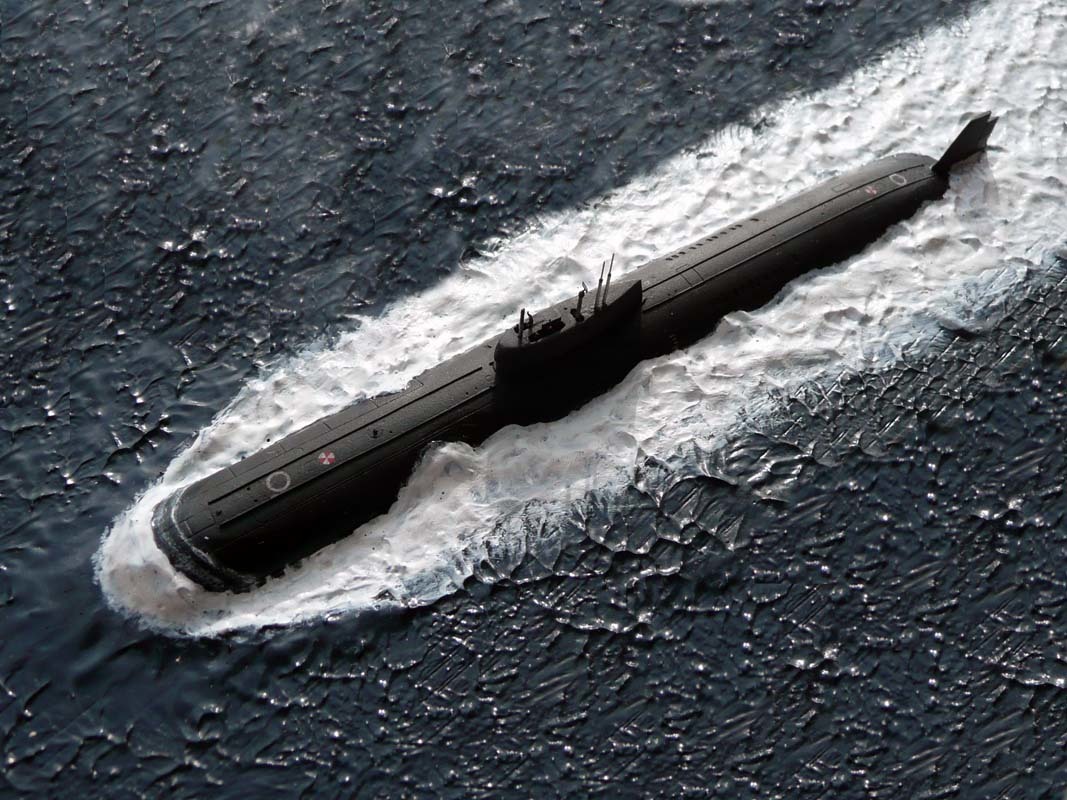
Diorama with the participation of K-162.
In 1978, the boat was given a new tactical number - K-222. And in 1984 it was taken out of service and laid on a joke. Other boats on the project 661 did not appear. The exorbitant cost, the complexity of the construction, the enormous costs of the scarce titanium - all this was in no way suitable for the series. By 1980, the Amethyst missiles were completely out of date, and it was too expensive to rearm the Golden Fish. By that time, the probable enemy had more sophisticated means of detection, which could have caught the boat ahead of time, even if it was not in a hurry.
However, Zolotaya Rybka largely fulfilled its task: it helped to work out technologies and constructive solutions that formed the basis of a number of other projects. In 2010, the world's fastest aircraft carrier killer was utilized.
Source: https://habr.com/ru/post/402359/
All Articles